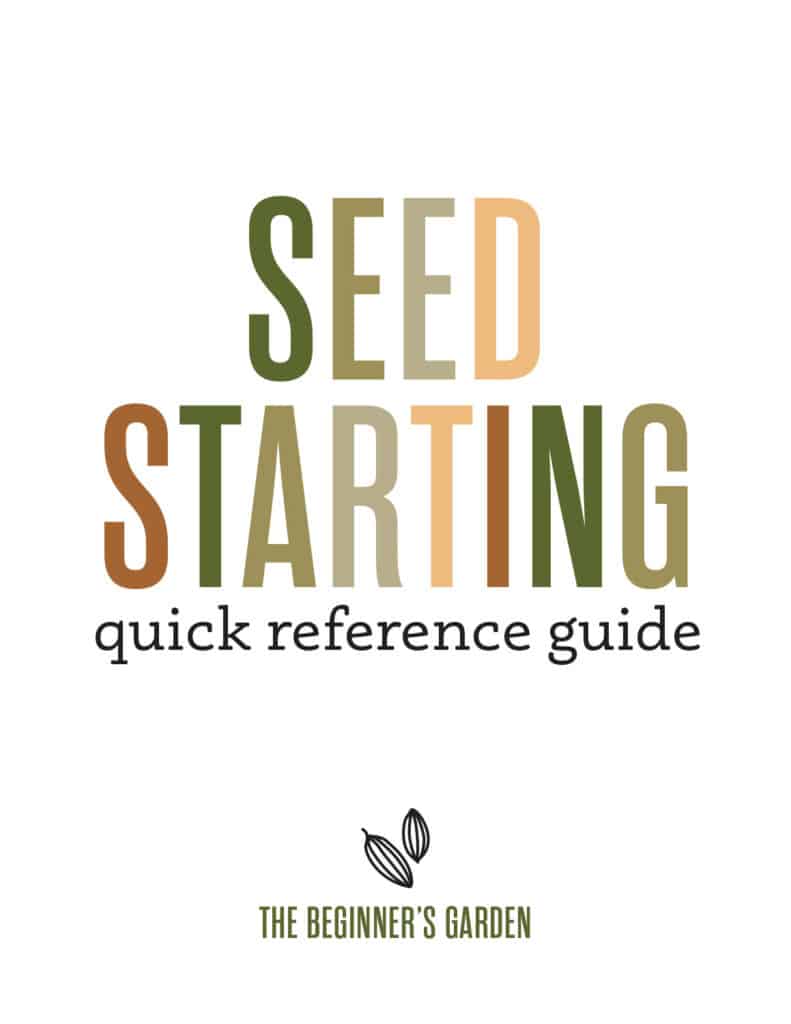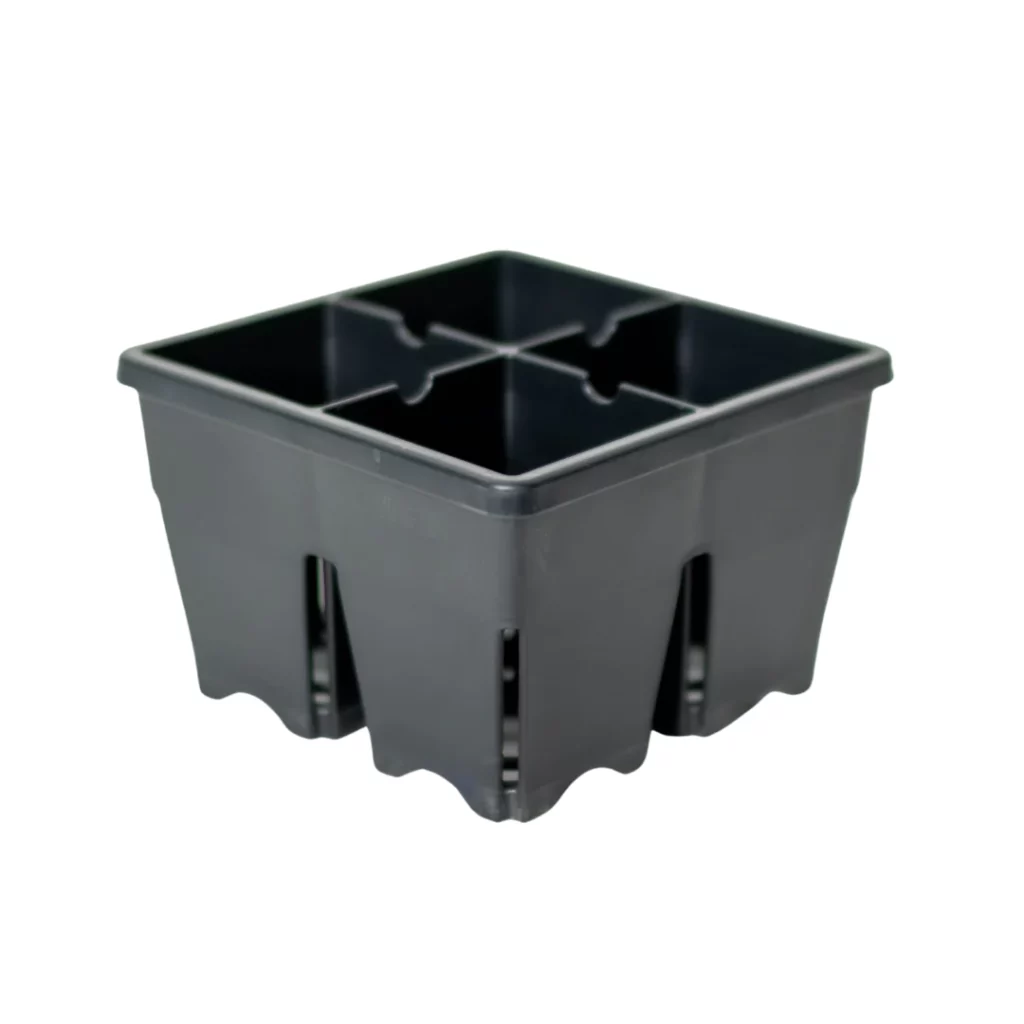Warm Season Seeds: Don’t Start These 5 Seeds Indoors
Warm season seeds need to be grown in a different way than crops that prefer cool weather. As a beginner gardener, it’s important to learn which warm season seeds you can get a head start with and begin growing indoors and which seeds are better to sow directly in your garden.
Before we get to which crops I recommend NOT starting from seed indoors, let me sum up why:
- The plants don’t like their roots being disturbed during transplanting
- You may not have enough grow room (and grow light) space
- Most are easier to directly sow in your garden
The same is also true for a few cool weather seeds as well. Make sure to read this post if you want to learn about the five cool weather seeds I don’t recommend you start indoors either.
(If you’d like to watch a podcast episode instead about warm season seeds that you should not start indoors, you can watch/listen here:)
Warm Season Seeds You Should NOT Start Indoors
Let’s discuss which warm season crops I suggest you avoid starting indoors and what alternative actions you can take with these topics:
- Warm Vs. Cool Season Crops
- Cucumbers
- Squash & Zucchini
- Beans
- Corn
- Okra
- Watermelon & Cantaloupe
- Guarantee Warm Season Crop Success
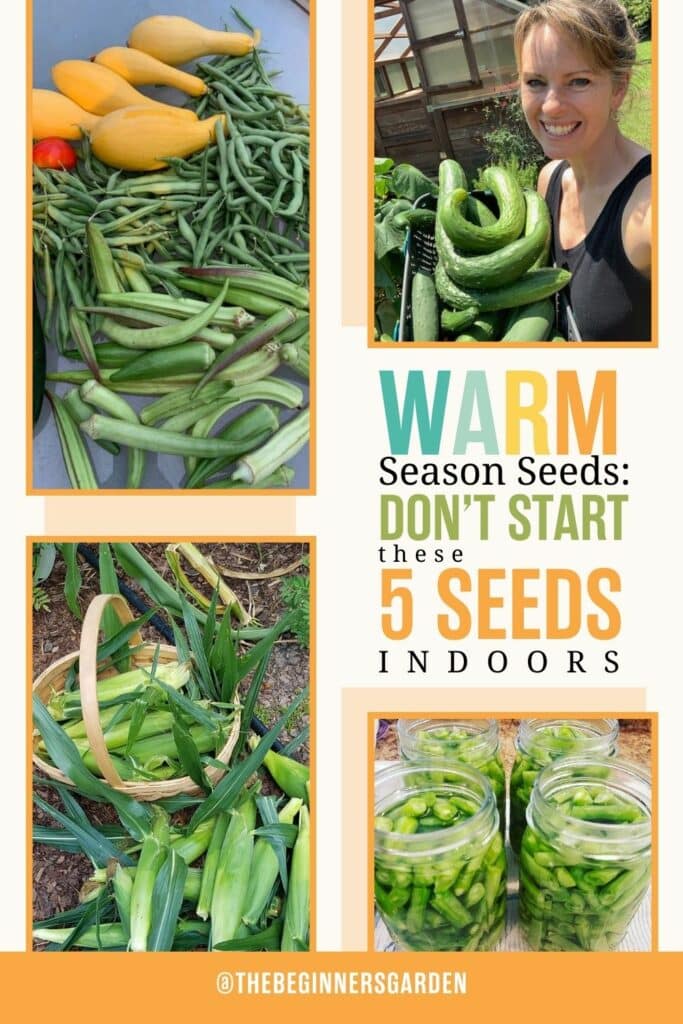
Don’t forget to snag your 2024 Garden Planner now before the new year!
Warm Vs. Cool Season Crops
If you’re a new gardener and didn’t know there’s a difference between warm and cool season crops, don’t worry—you’re not alone. Many beginners are unaware of this difference, but it’s something interesting to learn.
Warm season crops are those that do not tolerate frost conditions, and they almost always die in a freeze. They are planted in the outdoor garden after the danger of frost has passed, and they will die when the first frost arrives in the fall.
Sidenote: if you are looking for a guide to when to plant seeds and transplants, you’ll want to grab our Seed Starting Quick Reference Guide.
Let’s chat about those warm season crops I recommend you not starting indoors!
(Links below may contain affiliate links, which mean if you click through and make a purchase, we earn a commission at no extra cost to you.)
Cucumbers
The first warm season crop I don’t recommend that you start indoors is cucumbers. The main reason? They don’t like their roots being disturbed. But it’s more than that.
Cucumbers seedlings grow fast and often beginner gardeners start these seeds too early and their outdoor garden is not ready when the seedlings need to be transplanted.
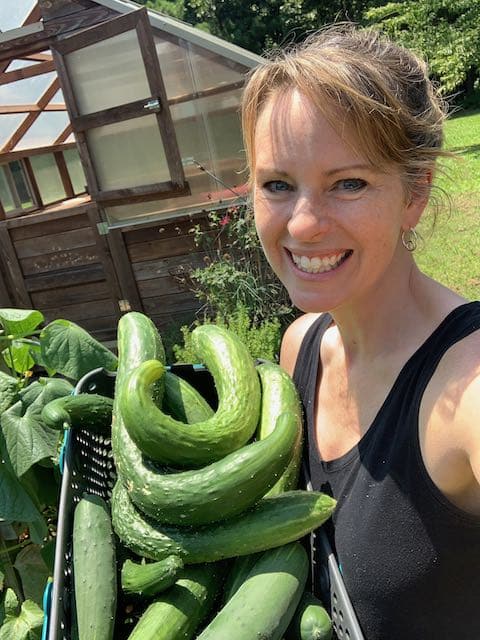
When it is time to transplant these seedlings into the garden, a cold snap (even weather in the 40s!) will hit and your seedlings may not survive because they are not very resilient to cool weather.
Cucumbers thrive once the soil starts to warm up and they grow even faster and with stronger roots when they have been directly sown into the garden. Remember, there is no rush when planting cucumbers.
If you have already started them indoors take care not to start the seeds too early. You only need two to three weeks to grow your seedlings indoors. Any longer than that and you’ll find your seedlings growing leggy and the roots outgrowing their space. This leads to a stressed plant that will likely not bounce back into a productive plant when it’s planted.
But what if you want to get a head start? Personally, I’ve never found it necessary. But if you want to try, start the seeds in a larger cell tray (like this Epic 4-cell tray *affiliate link) or large soil blocks. And if the weather hasn’t warmed when it’s time for the seedlings to go in the garden, be prepared to transfer these seedlings into a larger pot (potting up). Finally, avoid planting too early. Cold weather is a death knell for cucumbers.
Squash & Zucchini
Next on the list of warm season seeds a beginner should avoid starting indoors are squash and zucchini. Similar to cucumbers, they do NOT like being root-bound.
They will outgrow their cell FAST, especially if you start them too early. Then, when your garden is ready, your squash and zucchini seedlings can become irreparably stressed. Once the crops are stressed, the plants don’t rebound very well after they have been transplanted into your outdoor garden.
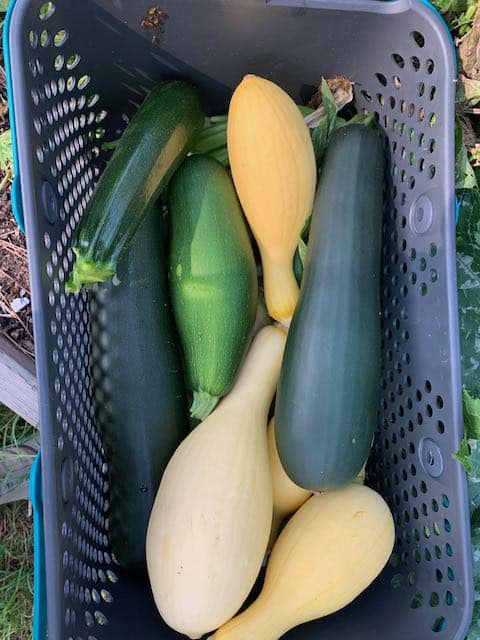
Squash and zucchini crops will grow fast and strong in warm soil, so in most cases there is no need to fuss with starting them indoors. That’s why I recommend beginners directly sow these seeds into the soil, but wait until the soil temperature is at least 65F.
In full disclosure, I start my first crop of squash and zucchini indoors so I can get a faster harvest before squash bugs and squash vine borers arrive. To do this successfully, I wait until 2-3 weeks before my average last frost date. I sow in either soil blocks or Epic 4-cell trays.
Once I start seeing roots, I pot up to a 5″ pot.
Then, I transplant when seedlings have no more than 3 true leaves on the plant. You can watch a video on how I do this here.
For all future successions of growing squash and zucchini I direct sow the seeds into the garden. With warm soil temperatures in the summer, the seeds sprout within a couple of days.
Beans
The reason I recommend NOT starting beans indoors is because you’ll need more plants in order to reap a decent harvest. More plants require more grow room space and thus, more grow light space.
Most home gardeners don’t have a large grow light and they don’t want to use it all for one crop like beans. If you hope to do any canning and preserving of your beans, you’ll need at least 20-40 bean plants.
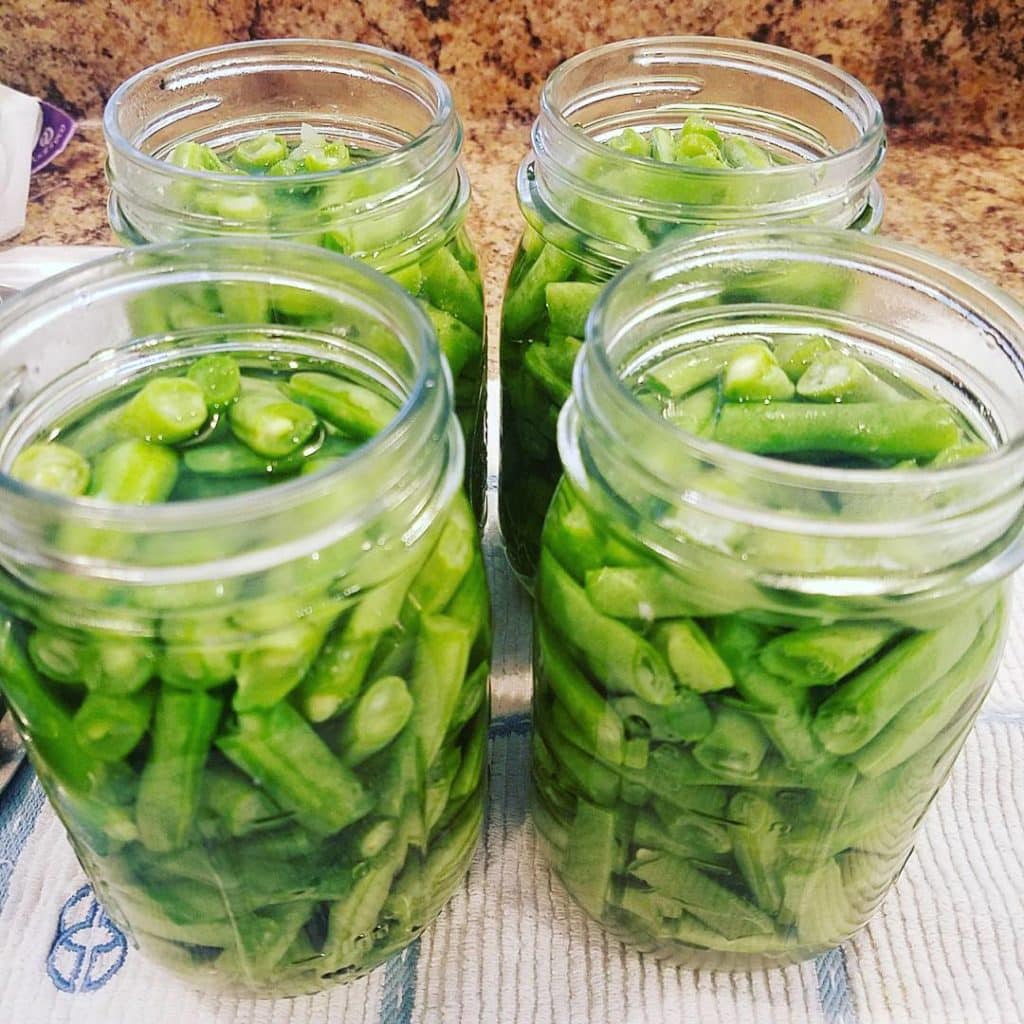
Small cell trays won’t cut it because bean leaves are large and the roots grow quickly. Bean seeds are very simple to directly sow in your garden when the soil is warm enough (65F minimum).
If you already started them indoors, make sure to calculate how many bean plants you’ll need and ensure you have the grow light space to support them. Start bean seeds in larger cell trays, like the Epic 4-cell trays.
Corn
Corn seeds are just like beans; you’ll need a lot more plants than you might have the grow light space to support. I’d suggest planting at least 16 plants to ensure complete pollination, but more is better.
These seedlings are sensitive to transplant shock and because they develop a taproot that doesn’t handle stress very well.
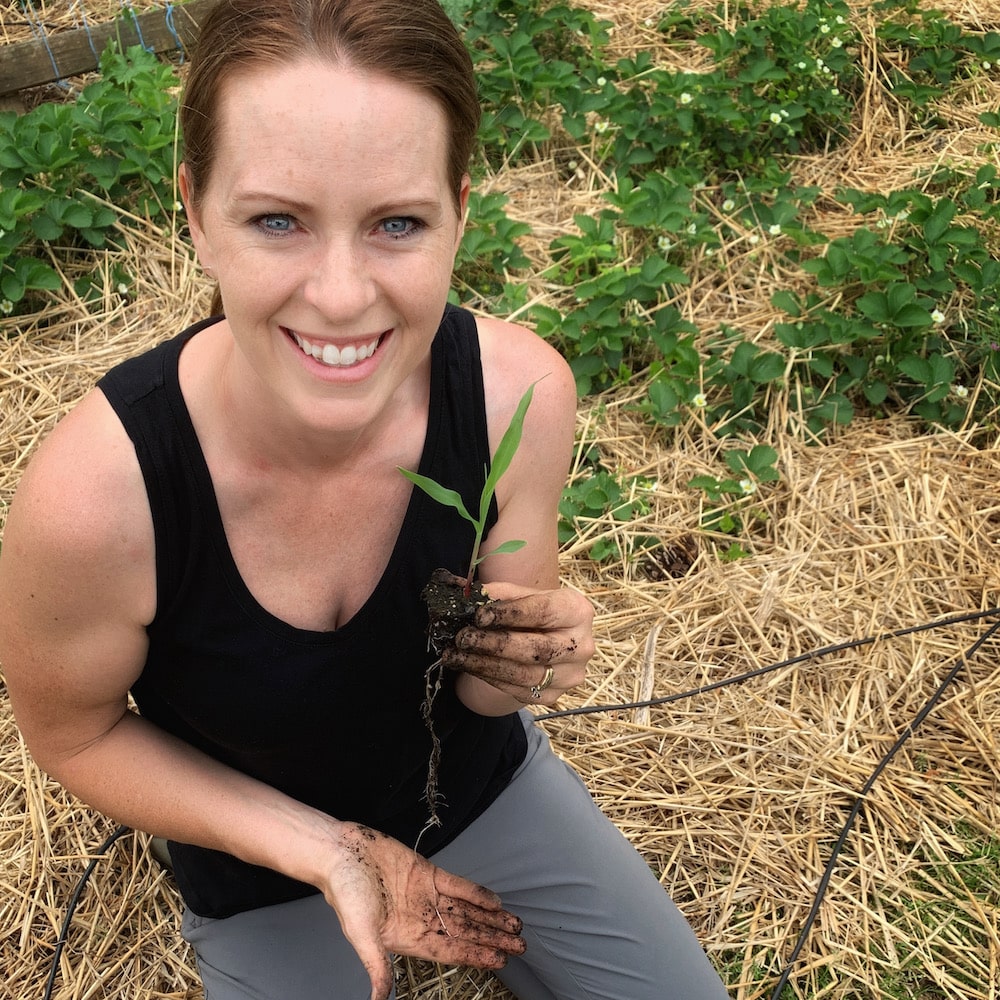
If you have already started your corn seeds indoors make sure you have enough grow light space and choose a planter with a deep cell to accommodate root growth. You might even consider looking online and trying to find others who have successfully grown corn indoors and learn their methods.
The one time I tried (shown above), it the corn never did produce well.
Okra
Our final warm season seed that I recommend you don’t start indoors is okra. Okra likes warm weather and will easily germinate in warm soil when you plant 3-4 weeks after the average last frost date.

Okra seedlings develop a strong taproot, so it’s best to plant them in the place they will grow. Okra is a 55-60 day to maturity plant and loves the 80+ degree temperatures. This crop will grow rapidly in warm weather.
Unless you live in an extremely short growing season, there’s no rush to get these seeds in the ground.
If you do find that your climate necessitates getting a head start on your okra indoors, choose a deeper tray. Then, plant out in your garden before they develop too much, before a taproot develops and begins hitting the bottom of the cell.
Watermelon & Cantaloupe
Finally, watermelon and cantaloupe are special and are worth making note of. I recommend you directly sow them in your garden for the sake of ease, but I’ve found them easier to start indoors than the other warm weather crops listed here.
Why would you want to start them indoors? If you want to have early melons in the summer, starting indoors will give them a head start and you’ll harvest earlier. You may also be in a cooler climate with a shorter warm-season period. In this case, starting indoors might be a necessity.
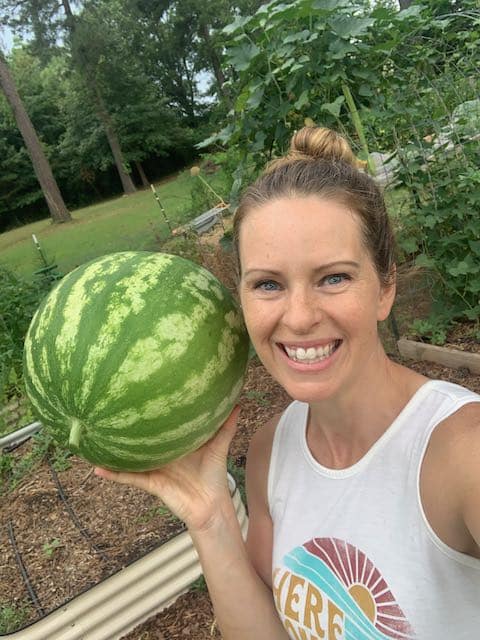
Watermelon and cantaloupe seeds are similar to squash and zucchini. They sprout quickly in warm soil temperatures. Pot them up if needed, and they transplant well.
But, if you don’t have grow lights or don’t want to use your grow light space for melons, planting the seeds in the garden when the soil has warmed (70+) is easy to do.
Guarantee Warm Season Crop Success
To succeed in warm season gardening, understanding the distinct needs of crops is essential. Beginners should learn to differentiate between warm and cool season crops.
Avoid starting certain warm season seeds indoors, like cucumbers, squash, zucchini, beans, corn, and okra, due to factors such as root disturbance and grow room limitations. Directly sowing these seeds in the garden is recommended for optimal results.
Want me to walk you through which seeds to start indoors, which to direct sow, and how to do it successfully? Check out our most popular mini-course, Before You Sow, or the e-book here.
Do you get overwhelmed with garden planning?

Subscribe here for my best tips to plan your garden in just 7 days -- all for FREE.
Plus, I'll send you my "In the Garden E-mail" on Fridays, periodic updates on garden resources relevant to you, and you'll receive access to my entire bank of free garden downloads!
You are also agreeing to our privacy policy.


